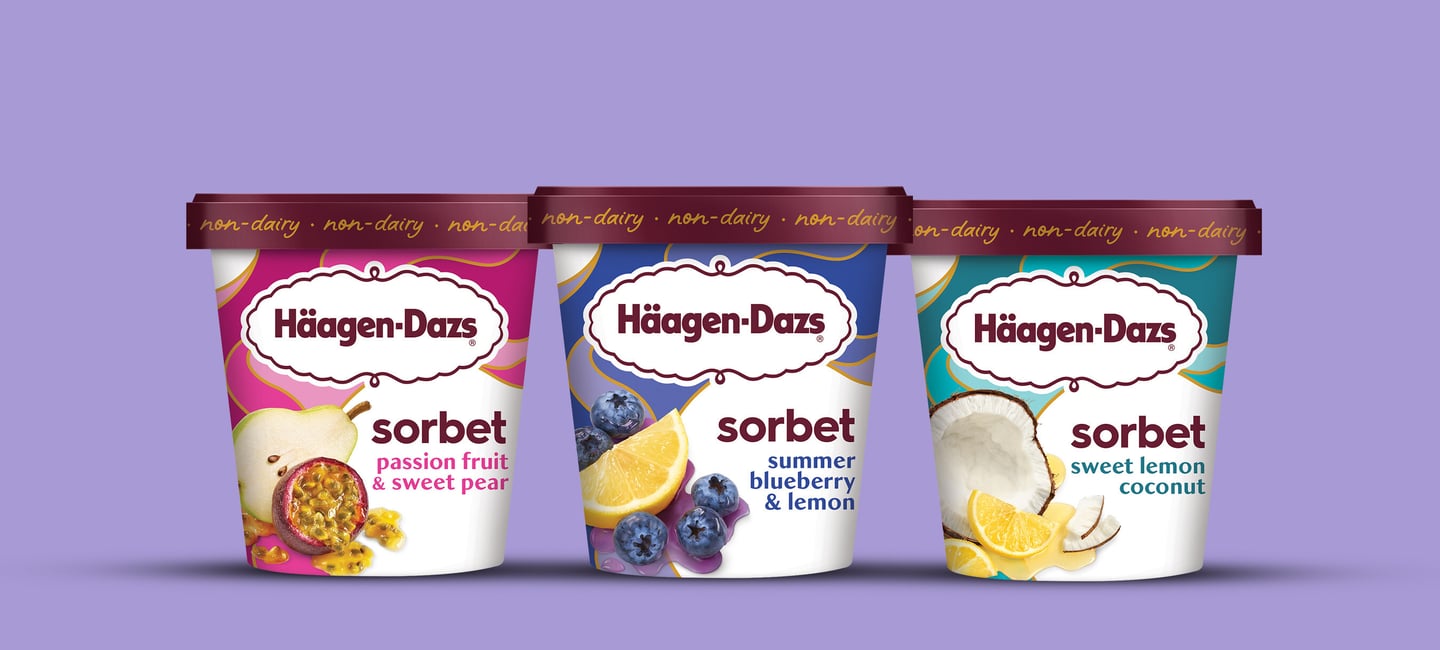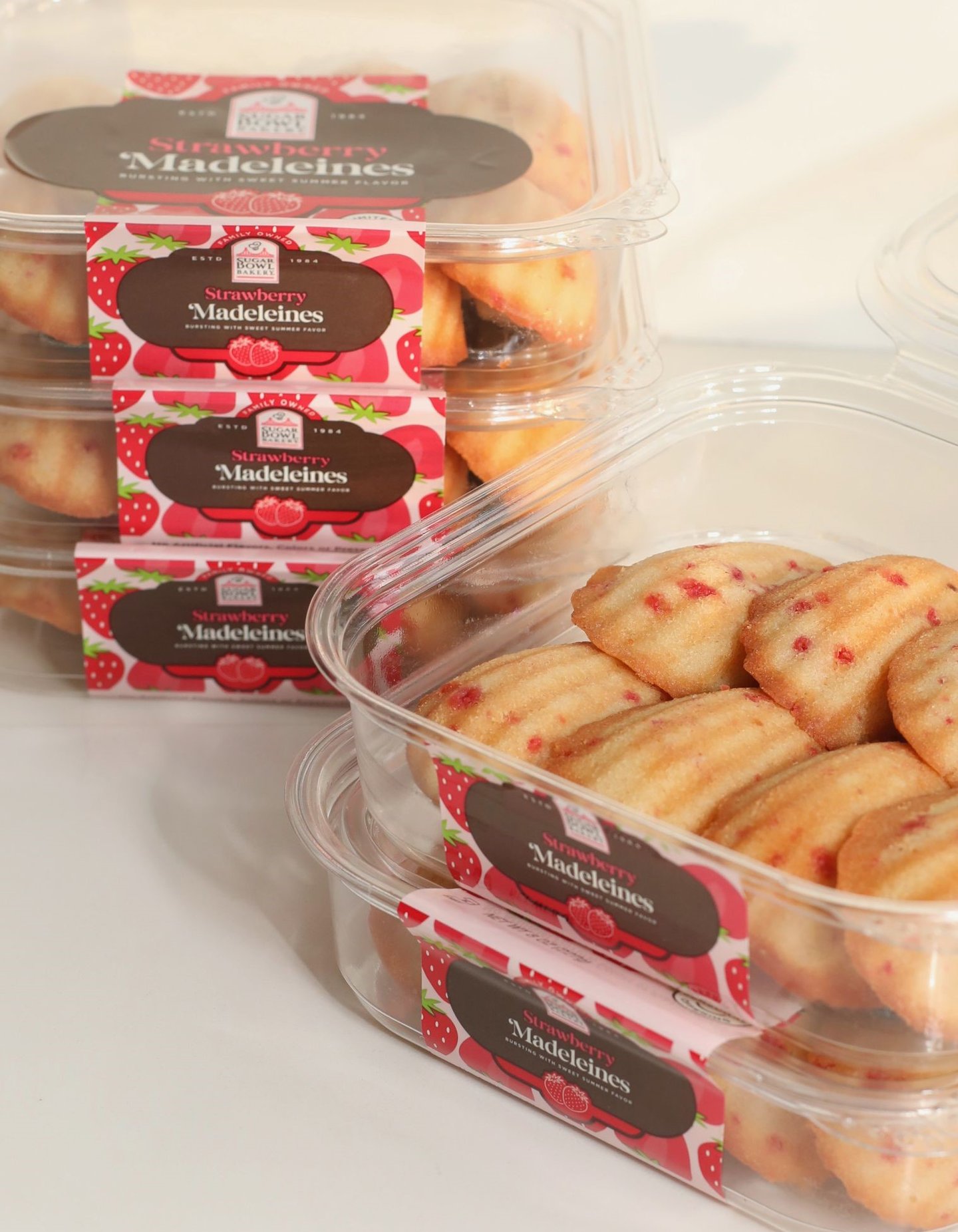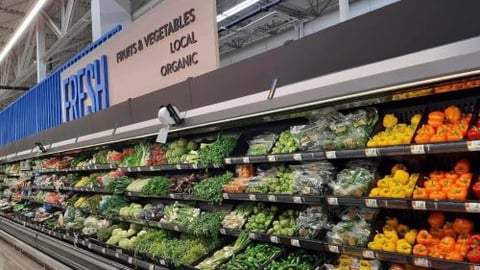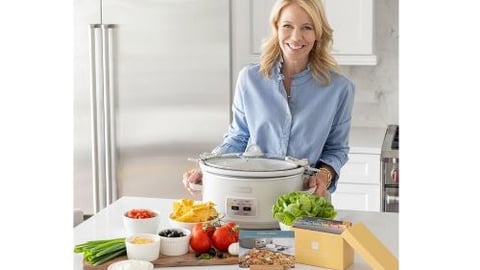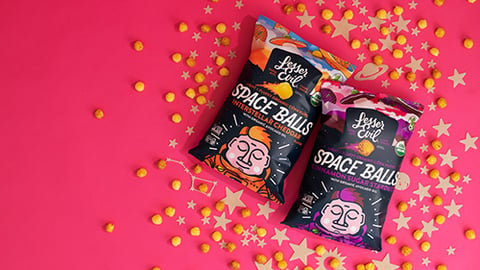Shoppers Find Room for Dessert
The desire for dessert even after a filling meal actually has a scientific basis. Recent research from the Max Planck Institute for Metabolism Research in Cologne, Germany, has found “that the same nerve cells that make us feel full also trigger our cravings for sweets afterward,” as Food & Wine magazine reported in March.
That being the case, how can retailers best leverage the latest trends in a meal occasion that spans various grocery categories and can range from a simple bowl of cut fruit all the way to a painstakingly crafted homemade soufflé? First, they need to identify those trends – like, for instance, whether dessert even needs to be sweet. The answer to that question, as might be expected, is nuanced.
[RELATED: 76th Consumer Expenditures Study: Meet the 2025 Shopper]
How Sweet is That?
“While sweetness remains a key element, dessert is increasingly about balance, quality ingredients, mindful enjoyment and sometimes even portion control,” says Rachel Jaiven, head of Häagen-Dazs marketing at the Walnut Creek, Calif.-based manufacturer of premium ice creams and frozen novelties. “Dessert doesn’t always have to be sugary; it can be rich, creamy or even subtly sweet as long as it delivers a moment of pure delight. That’s why we offer options like our mini cups, bars and mini bars, which cater to health-conscious consumers by providing portion-controlled indulgence without compromising on flavor or quality.”
“Traditionally, desserts have been associated with indulgences, sweetness and rich flavors, but today, we see more functional, plant-based, sweet, salty and savory desserts driven by cultural and global influences,” observes Kevin Ly, director of research and development at Sugar Bowl Bakery and a second-generation member of the family that founded the Hayward, Calif.-based company.
“Dessert is no longer just about hitting a sweet sugar high,” asserts Michael Zaro, owner of Zaro’s Family Bakery, the storied New York-based kosher business that also sells products at grocery stores. “It’s about balance, nostalgia and experience. Consumers today seek indulgence with intention, gravitating toward artisanal treats that blend heritage with modern sensibilities. Better-for-you ingredients, portion control and globally inspired flavors are redefining what dessert can be, moving beyond the final course to become an anytime indulgence. Snackable, on-the-go options are rising as people look for meaningful moments of enjoyment throughout the day.”
[RELATED: Snacks No Longer Just an Indulgence]
“Our guests still love dessert!” affirms Nina Lesser-Goldsmith, owner/COO of Healthy Living Market and Café, a South Burlington, Vt.-based independent operator with three locations in Vermont and upstate New York. “While consumers do still look for sweet treats as the quintessential dessert, they are also shifting to choosing dessert options that satisfy their sweet craving and support their wellness goals.” Lesser-Goldsmith cites low-sugar, high-protein, high-fiber and “good for the gut” options as currently driving trends in functional sweets, while nondairy desserts like oat milk-based ice creams are continuing to rise in popularity as part of consumer interest in plant-based foods.
“At the same time, classic novelties and confections continue to show growth,” she notes. “Despite any and all wellness trends, people clearly still find space for a classic indulgence.”
Storytelling and the Sensory Experience
Having figured out what sorts of after-dinner treats consumers want, retailers need to present these offerings in as attractive a manner as possible.
“In addition to our extensive selection of local and national bakery brands, we have an amazing house-made bakery program,” says Lesser-Goldsmith. “Made from scratch in each one of our stores, our bakeshop items focus on premium ingredients and creative recipes to offer unique choices to our guests. Our bakeshop menu includes hundreds of gluten-free and vegan items that are extremely popular with our guests.”
She adds: “While we run traditional price promotions across these categories, we rely primarily on in-store placement and merchandising. Beautifully crafted, well-displayed baked goods that not only taste amazing, but are better-for-you options, are winning with our guests!”
According to Lesser-Goldsmith, this approach has been successful: “Sales continue to be robust, with total grocery dessert categories up about 10% and in-house bakery categories up [around] 20%.”
Suppliers can help create the right in-store ambiance to spur dessert purchases.
“To maximize the dessert opportunity at retail, brands must blend storytelling, strategic merchandising and trial-driving tactics,” advises Zaro. “Consumers gravitate toward authenticity and indulgence with a purpose, making it critical to highlight heritage, craftsmanship and key usage occasions at the shelf.”
He notes that Zaro’s focuses “on seasonal storytelling and cross-category merchandising to help tell our story in a crowded retail environment. … Eye-catching packaging, secondary placements and sampling programs help drive impulse purchases and discovery among new audiences, especially for products like ours with deep cultural roots.” Adding to its traditional bakery products, which include rich blackout cake and flaky, indulgent rugelach, the company recently introduced a Peach Champagne Cake, a delicate vanilla creation layered with tart peach champagne filling and topped with peach buttercream, which won the Gold OnTrend Award at the KeHE Summer Show this past February.
Further, since gifting and holiday-driven purchases continue to perform well, limited-time flavors and curated bundles are key to driving incremental sales, he adds.
[RELATED: The Grocer's Guide to Holiday Entertaining]
“Ultimately, brands that create an emotional connection through storytelling, offer convenience without compromise and inspire new usage occasions will win in today’s evolving dessert landscape,” asserts Zaro.
“We approach retail as an extension of our brand experience,” explains Jaiven. “Our goal is to inspire and emphasize the sensory experience of our products, from the first glance of the package on shelf to the last bite enjoyed at home. Through dedicated end caps featuring our latest flavors, and highly visual retail activations, the goal is to create moments that spark new dessert occasions. … Consumers are drawn to the idea of treating themselves to something special, and our brand delivers on that promise.”
Among Häagen-Dazs’ most recent premium dessert introductions are crispy Belgian Waffle Cones, offering an enticing blend of texture and flavor; an update of its pistachio flavor recipe, which led to an impressive 21% sales increase; Salted Caramel Macadamia Ice Cream Bars; Salted Brown Butter Cookie cartons; and a nondairy sorbet line, which seeks to meet consumer demand for lighter, fruit-forward options.
“Leveraging the pastry opportunity in retail requires us to listen to our customers and consumers by providing them with the best quality at the best value possible and taking every feedback, good or bad, seriously,” notes Ly, whose company’s top products are palmiers and madeleines, both made with butter as the first ingredient. “We experienced some uplift in sales by redesigning the packaging that helps with the display and protects our products from damage.”
Here to Stay
Despite changing consumer tastes and expectations, dessert isn’t going anywhere – in fact, as noted earlier, it has already begun migrating beyond its customary after-dinner slot.
“Looking ahead, we see premium ingredients and a balance of indulgence and functionality driving the future of desserts,” predicts Jaiven. “Consumers are increasingly seeking snackable, portion-controlled treats that deliver high-quality flavors in every bite. We expect dessert-inspired snack bars and bite-sized indulgences to capture the growing demand for versatile treats that fit seamlessly into any part of the day.”
She continues: “As plant-based and dairy innovations continue to evolve, we also see an opportunity to craft new takes on frozen desserts, like our nondairy sorbets. … The future of dessert is about creating moments of joy that are as adaptable as they are unforgettable.”
“There may be a struggle with the rising concerns about sugar and processed foods, and economic and sustainability factors,” admits Ly. “Still, the dessert and pastry industry will evolve and [are] unlikely [to] disappear. Consumers may shift towards healthier, innovative or sustainable options, but the desire for indulgences will always exist.”
“While dessert habits evolve, the desire for indulgence, nostalgia and comfort is timeless,” observes Zaro, adding that “dessert remains an integral part of making life’s moments – both big and little – sweeter.” He goes on to counsel retailers, “The key to long-term success is adapting your dessert offerings while staying true to what consumers love about you.”
At Healthy Living, that means offering various decadent dessert options that nevertheless adhere to the retailer’s stringent product standard-based curation. As Lesser-Goldsmith notes, “We’re all for the occasional indulgence and believe sweets and treats … will always have a place in our guests’ daily lives.”





